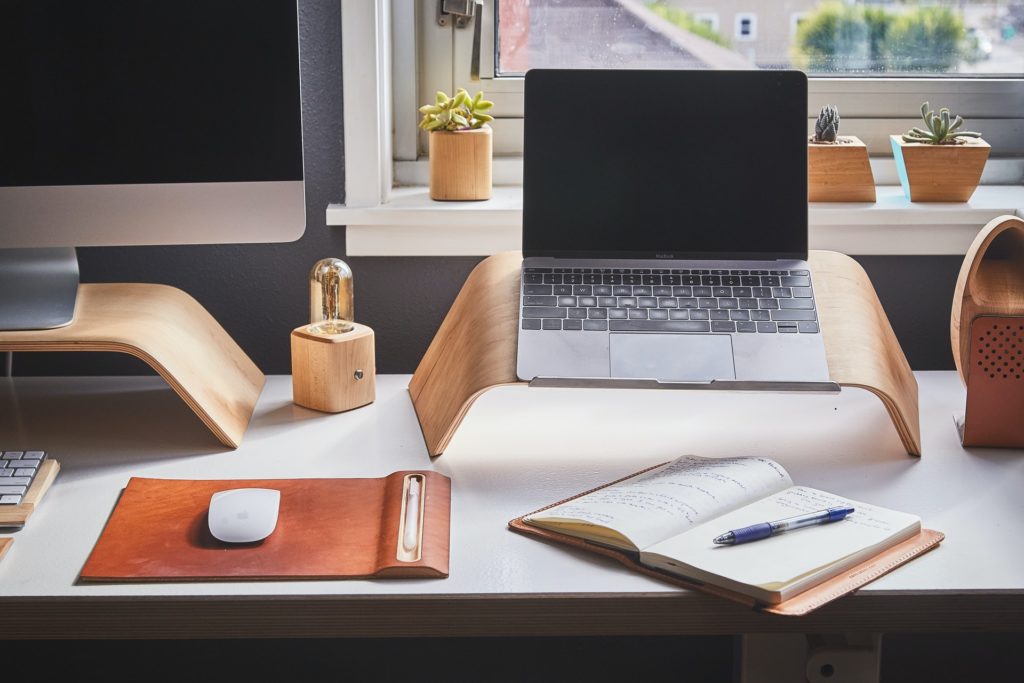When done right, your home office can be inspiring and help you focus on the work you need to do. To accomplish this, you must first start with the right furniture and incorporate it into the room using a layout that makes sense and doesn’t just look good, which can be a tall task in a room that typically has limited space. Whether you need a temporary home office or a more permanent space, the following advice can help you create an atmosphere to complete your work.
First, consider the layout and the location of any outlet. If possible, arrange the room that your desk and the electronics on it will be close to outlets. If not, invest in cord protectors to prevent trip hazards or damage to your devices.
If you’re going to use it for hours at a time, you need a supportive chair. This means no working from the sofa, no matter how appealing it may be. Your kitchen or dining room chairs may also not due to the trick. To prevent poor posture and back pain, opt for an ergonomic chair, preferably one with arms and that can be adjusted for your height and body. Your elbows should be bent at a 90-degree angle when using your keyboard and your feet should rest on the floor or footrest.
To further prevent slouching, your monitor should be raised so that the top of the monitor is at eye level. A monitor stand or even a ream of paper can give your monitor the extra boost. For those who have multiple monitors, the main monitor should be directly in front of them, about an arm’s length away. Otherwise, line up your monitors so that you’re between them equally.
Your desk should have enough space for your monitor, keyboard, mouse, and phone if you need one. Extra space for paperwork, a printer, office supplies, or even a coffee mug is also useful. However, you might want to have spaces for extras such as a plant or family photo. Your desk should be large enough to avoid clutter while still having access to everything you need.
For additional storage, consider shelves, short tables, and filing cabinets. The items that you need to use the most frequently should be accessible easily. Consider low storage that can be reached simply by swiveling your chair. For those items that you use less often, a standing bookcase or shelves mounted overhead can provide a solution without cluttering up your workspace.
Accessories such as a headset can prevent strain caused by cradling a phone between your head and shoulder, and a mousepad with wrist support can keep your hand and wrist comfortable. You can also buy a wrist rest to place in front of your keyboard to prevent your wrists from dipping down and rubbing against the edge of your desk.
For those who see clients in their home office, it’s important to have an inviting and comfortable place for them to sit. A chair that sits across from your own at a similar height is a good option. In a home office, you can even utilize armchairs. Avoid a sofa if there is a large height difference between it and your chair; although, you may use one for additional seating against a wall if you have space.
After choosing the necessary home office furnishings, you can begin to think about finishing touches such as art or lighting. You can hide cord protectors and prevent damage to your floor with an area rug, and pops of color can make your home office space a pleasant place where you like to work. Ensure you have enough light to avoid eye strain. Hang art on the walls to add a flourish rather than choosing attractive but functional furniture.
Your finished product should be functional, and each piece should work for you rather than you having to work around it.




